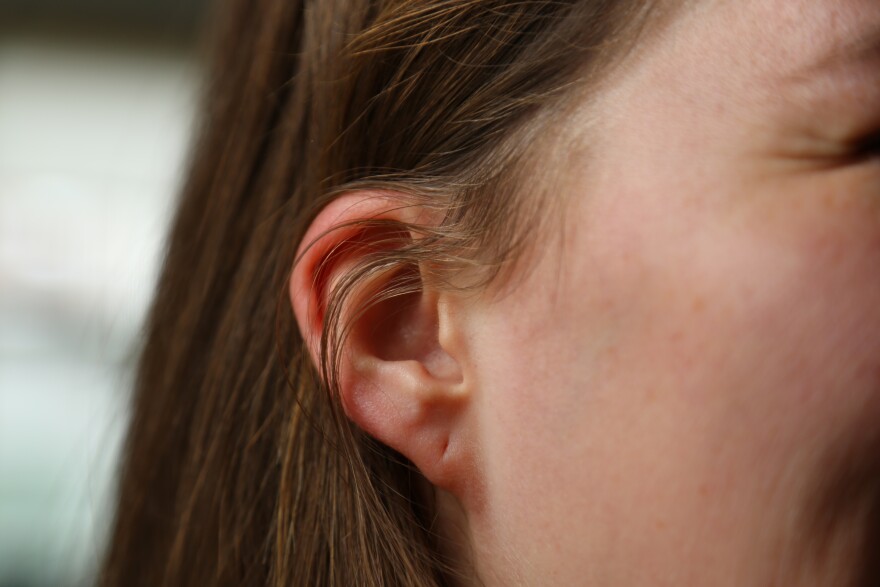At least 49 genes contribute to whether one’s earlobes are attached or detached.
That's what researchers at the University of Pittsburgh found in a new study. Lead author John R. Shaffer says this work could help shed light on serious genetic syndromes.
"Some of these conditions, like an example is Mowat-Wilson syndrome, the ear involves earlobe malformations," said Shaffer. "In the same genes that affect normal variation in the morphology, when they're disrupted, they lead to genetic syndromes."
Shaffer notes his study identified the ZEB2 gene, which is thought to contribute to Mowat-Wilson, a condition that can cause intellectual disability.
The study's most novel quality isn't its results, but the methodology. Shaffer used two data sets, one comprising 10,000 samples collected and rated by researchers. The other had 65,000 samples collected from consenting customers of the genetic testing company 23andMe who self reported on their ear shapes.
The popularity of genetics testing is generating large amounts of data, though some question whether information gather by non-scientists are of enough quality for research.
But had Shaffer and his team stuck to data they'd collected, they would have identified only six genes involved in ear lobe morphology. With the additional samples their results were far more robust as they were able to spot an additional 43 genes.
"Those two competing approaches, invest in a richer phenotype in smaller number of people or invest in a bigger sample size to study, were sort of two different paradigms," explained Shaffer. "In this study we united both of them....it really showed that both approaches are useful."
Shaffer added the caveat that scientists must be very careful on how participants are prepped when collecting data.
The study was published Thursday in the American Journal of Human Genetics.













